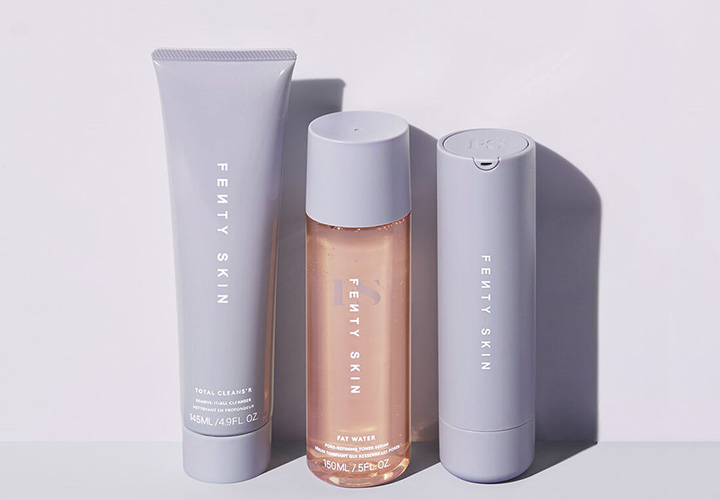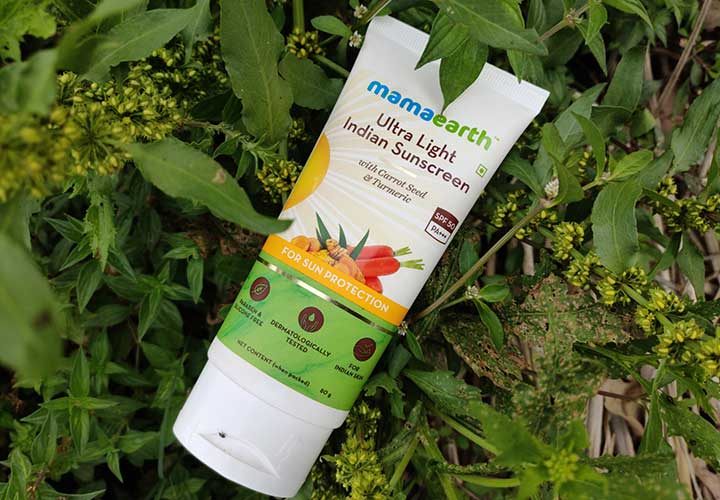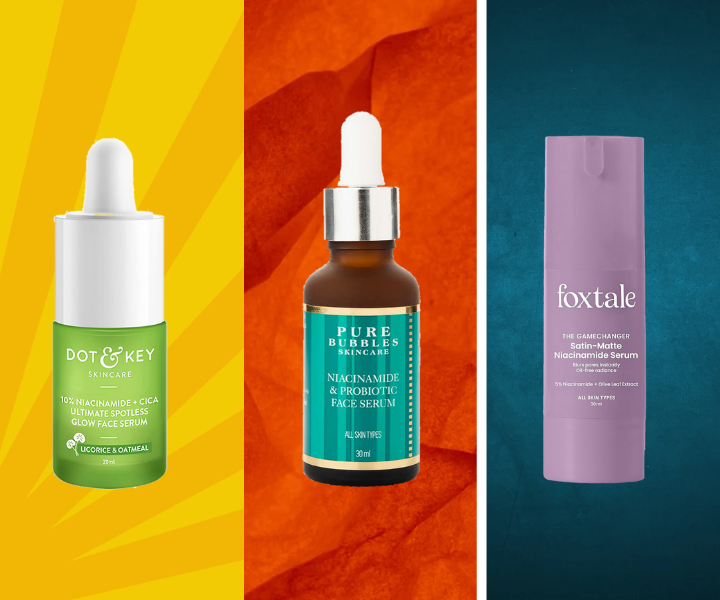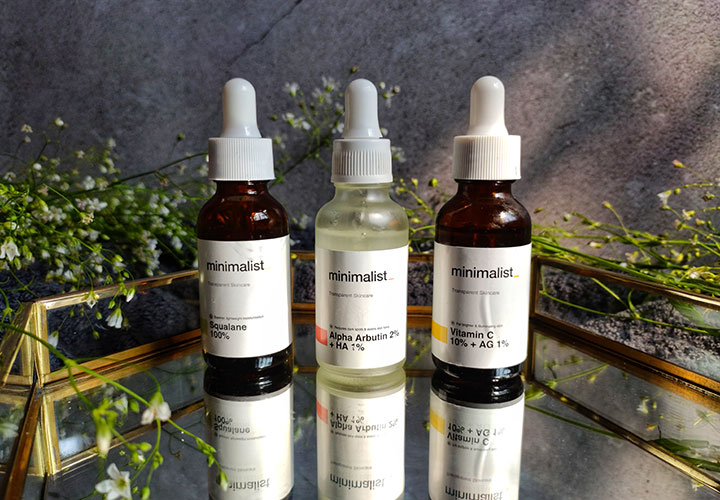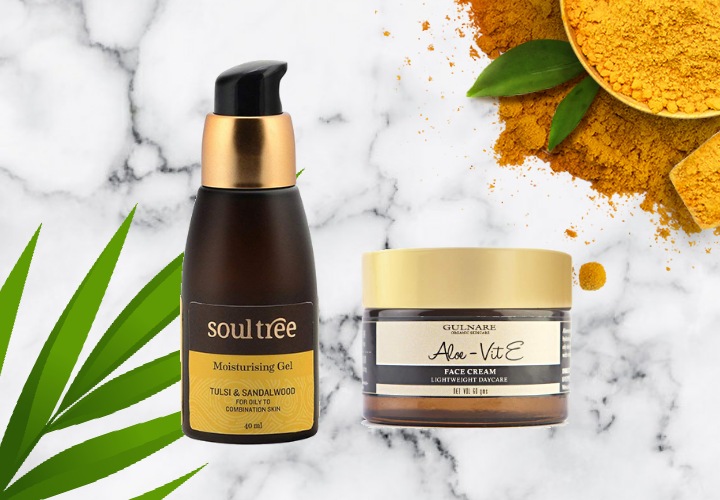Besides being the largest organ in the body, the skin is also our first line of defence against UV rays, free radicals, and toxins.
Because of its role in overall health, we need to make sure that our skin gets the right kind of care.
In other words, you have to be sure that the products you use to give your skin exactly what it needs.
To make it easier for you to understand how that works, this article explains the basics of skin anatomy, how skincare products affect the skin, and the possible reasons why some don’t yield the expected results.
Skin Basics: A Brief Guide on Anatomy
The skin has three primary layers, each composed of millions of cells.
The epidermis is the outermost layer, followed by the dermis, which consists primarily of collagen.
Below the dermis is the subcutis, the fat that insulates the body and absorbs shock to prevent serious injury.
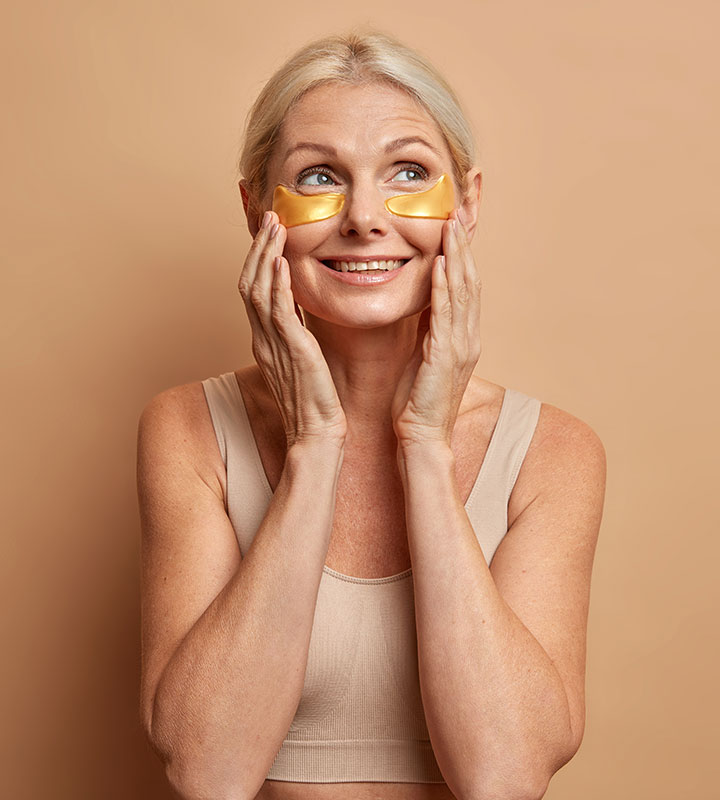
The collagen in the dermis lends the skin its structure, making it more solid and flexible at the same time. However, it is the epidermis that most skincare products target.
For example, if you have blemishes on your skin, it is because it is at the level of the dermis. When this happens that you need to use blemished skin care products to help you improve the condition.
The skin’s top 15 to 20 layers of cells are called the stratum corneum. Surrounded by fatty lipids that repel water, the stratum corneum doesn’t get as much moisture because of its role of keeping the water inside the skin from escaping.
What makes this possible is the combination of amino acids and the natural moisturizing factor (NMF) in the subcutis, which are salts that soak up water and keep the skin plump and moisturized.
How Skincare Products Work
Moisturizers, exfoliators, actives, and sun protection are four basic elements that comprise a skincare regimen. To pick out the best skincare products in Dubai, you need to understand how they work:
Moisturizers
As the name suggests, moisturizers add moisture or water to the skin. They support the skin’s water barrier function and reduce the appearance of wrinkles and fine lines.
They also keep the skin elastic, soft, and less prone to scarring.
Most moisturizers have ingredients that are included in three categories:
Emollients
These are ingredients commonly found in lotions, gels, and ointments because they are oil-based and help rebuild the lost lipids in the skin.
In other words, aside from being hydrating, they also help keep the water in to promote smoother skin.
They also act as balancing agents for the skin’s microbiome and reduce the risk of inflammation (i.e., acne).
Humectants
These include glycerol, lactic acids, amino acids, and hyaluronic acids.
These are the ingredients you need to look for when you use products that contain soaps and alcohol that dry up the skin because humectants attract moisture from the environment.
They also seal the water inside the epidermis, preventing it from drying up.
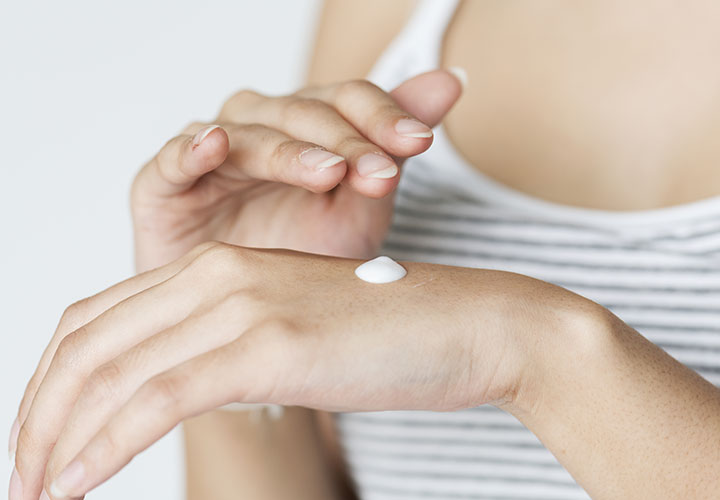
Occlusives
Occlusives are wax, oil, or silicone-based moisturizers that serve as a physical barrier against water loss.
They are very thick and are recommended for people with dehydrated skin, including those with skin conditions like eczema.
Take note
Although most moisturizers are made from all three types of ingredients, each of them may have different ratios to adjust the moisture intensity and product consistency.
Exfoliators
Chemical exfoliators are also known as “desmolytics.” These work to treat scaly or flaky skin and improve the appearance of acne and hyperpigmentation caused by ageing or sun damage.
The two main classes of exfoliators are:
Alpha Hydroxy Acids (AHAs)
This includes lactic, tartaric, glycolic, and citric acids that help improve fine lines, wrinkles, age spots, and irregular pigmentation. They also help shrink enlarged pores.
Beta Hydroxy Acids (BHAs)
The primary BHA found in most skincare products is salicylic acid, which eradicates dead skin cells and enhances the colour and texture of photodamaged skin. Because it penetrates even the oil-laden openings of the hair follicle openings, it also helps with acne breakouts.
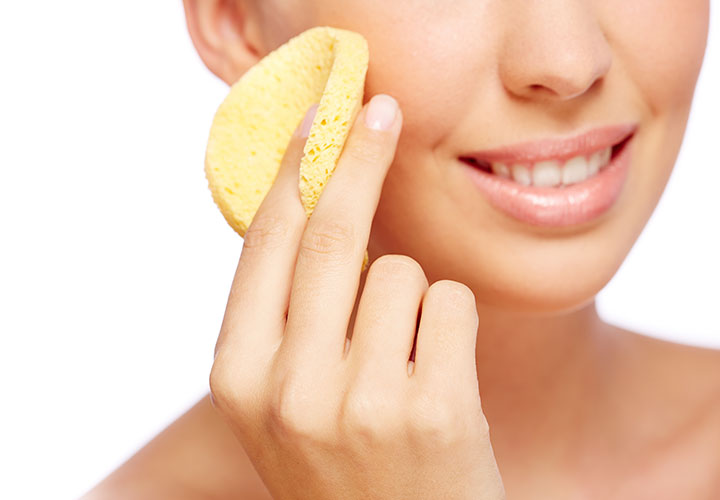
Actives
The so-called active ingredients are those you find highlighted in metallic font or bold letters on the label of your skincare products. These are the main players in the quest to solve specific dermatological woes.
Some of the most common active ingredients include:
Retinoids
These vitamin A derivatives are used to improve the appearance of acne and scarring, fine lines and wrinkles, mottled pigmentation, skin tone and colour, and skin texture.
They are also helpful in maintaining the ideal skin hydration levels.
This is because vitamin A has a small enough molecular structure to penetrate the lower layers of the skin, making retinoids a key ingredient in many anti-ageing products.
Vitamin C
Its most useful form in skincare is L-ascorbic acid which helps stimulate collagen synthesis which decreases due to sun damage.
As a result, products with this ingredient minimize scars, fine lines, and wrinkles.
Niacinamide
This is a form of vitamin B3 found to boost cell turnover on the epidermis and lessen dark spots.
Niacinamide also supports normal barrier function by adding more natural fats in the skin (ceramides), keeping environmental chemicals out and water and other essential skin chemicals in.
Sun protection
It doesn’t matter what kind of moisturizers, exfoliators, and active ingredients your skincare products have.
Unless you protect your skin with broad-spectrum sunscreen, every effort in skincare is moot unless you block both ultraviolet A (UVAs) and ultraviolet B (UVBs) rays.
UVAs are rays with a longer wavelength that cause skin ageing because it penetrates deeper into the skin. On the other hand, UVBs have shorter wavelengths and wreak havoc on the skin surface, causing sunburn.

Why Some Skincare Products Don’t Work
Now that you know how they should work, you probably have a good idea why some of your beauty products don’t give you the expected results. This is probably because,
- Inconsistent usage of the product
- You have not used the prescribed amount of product to use.
- Failing to know your skin type
- You choose the wrong product for your specific needs.
- Not cleaning your skin properly before applying other skincare products.
- You don’t follow the ideal sequence of products in skincare.
Understanding Skin Care
Skincare is a tricky matter. If you don’t understand how your products should work (and what they are made for), you’re probably causing more harm than good to your skin.
And, that’s all for today! Share this article with your friends and family if you find this helpful. Take care; celebrate life.





